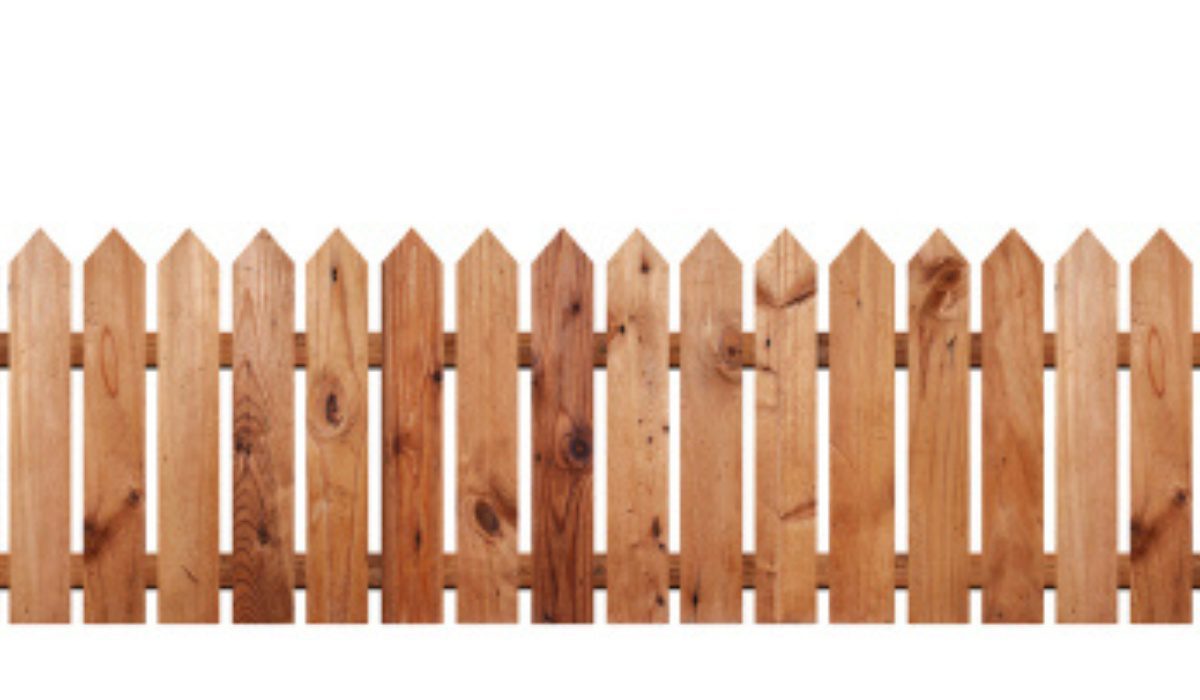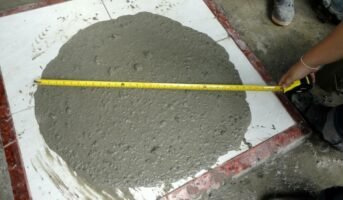Using a fence calculator, you may determine the size, price and supplies needed for your fencing project. The specified minimum fence post height and minimum post hole depth are also included, along with an estimation of the required number of fence sections, pickets, nails, rails, and posts.
Fence calculator: Determining the cost of a fence project
You must enter details about your fencing project in order to use this fence calculator.
Fencing length
The entire length of your fencing is the first item you must determine. Corners will very certainly be included in any perimeter or privacy fencing you create for your house.
Use wooden pegs to mark the locations of the fence’s corners before measuring the fence’s overall length. To get the overall length of your fence, measure the length of each piece and then add them together. An old-fashioned tape measure can be utilised as using a laser measuring instrument outside for greater distances might be challenging. Measuring tapes come in lengths of 100, 200, and much more.
Depending on the price per square foot or acre, some businesses may offer you a price or give you a cost estimate. You may use a square footage calculator to determine the square footage coverage once you have determined the area that you wish to fence. Large regions, like fields and farmland, are where this occurs more frequently.
See also: Cement calculator: How to calculate the right amount of cement every time?
Fence height
Generally speaking, a fence’s height is determined by its intended use.
If the motivation behind a fence is to provide privacy and keep out prying eyes, it must be higher than eye level. The average height of a privacy fence is 6 feet, although they may be as tall as 8 feet.
Ornamental fences, often known as decorative fences, are typically shorter. They often range in height from 3-4 feet.
The usage of pool fences serves as a safety barrier to keep small children out of swimming pools alone. Pool fences should be minimum of four feet in height. The price of a pool fence and tarp cover may be estimated using a pool calculator.
Fence post distance
Fence post spacing refers to the distance between each fence post. Fences that have their posts spaced too far apart might become weak. Fence posts and caps are extra expenditures; thus, having them too close together might raise the price of the fence.
Typically, wooden fence posts are spaced 6-8 feet apart from one another. Post spacing for farm fences, including field fences or fencing for livestock, can range from 8 – 12 feet.
Fence post width
The most typical square fence post size is four by four inches. Additionally, fence posts might be round or round, 6 inches by 6 inches, or any other size.
Depth of fence post holes
For a fence to be sturdy, fence posts need to be buried deep enough. Additionally, the fence post hole needs to be dug deeper than the frost line. The post hole depth should ideally be at least half as deep as the fence height. As a result, only one-third of the post will be above ground and the other two-thirds will be buried. To allow for drainage and shield the wooden fence from harm, gravel can be placed at the bottom of the post hole. Calculate the required amount of gravel using a calculator.
Rails
Fence pickets are fastened to rails, which are the horizontal sections that join the fence posts together. One rail is recommended for every two feet of fence height as a general rule. Two rails are required for a decorative fence that is 3 feet tall. Three rails are needed for a privacy fence that is 6 feet tall.

Source: Pinterest
Pickets
The vertical planks that are fastened to the rails are called pickets. The support structure of a fence is made up of fence posts and rails, while the pickets make up the bulk of the fence. Typically, pickets are between 3.5 and 6 inches wide.
The pickets must be spaced closely enough together if you want to construct a privacy fence so that you cannot see through it. Therefore, there should be no more than a 1-inch space between pickets. Even better, you may build a solid fence board with no spaces between the pickets.
Fence calculator: Need for fences
You might be perplexed as to why you should even construct a fence. There are several solid reasons to erect a fence around your property:
Privacy
A privacy fence will, as its name implies, let you unwind in your yard without being concerned about curious eyes.
Protection
A privacy fence will keep wandering animals out, in addition to keeping your children and pets in a secure location. It will also work well as a windbreaker, letting you spend time outside without worrying about the effects of the wind.
Decoration
Your garden’s appearance can be improved by your privacy fence.
Separation from noise
A privacy fence is one of the simplest methods to deal with noise pollution if you live next to a roadway or other facility that generates a lot of it.

Source: Pinterest
How to use fence calculator?
Although it can appear sophisticated at first, a fence calculator is actually a very straightforward tool. Learn how to use it by reading this brief set of instructions.
Gauge the size
Determine the length of your fence and the distance between the posts to begin. Depending on your taste, the post spacing is often between 2 and 5 metres. The fence calculator will provide both the number of posts you should buy and the number of sections determined by the number of posts, which is a figure we will need later on if you enter the fence length and the distance between posts in the first section.
Estimate the height
Enter the fence height to get the number of posts you will need to purchase. This is crucial since every post needs to be secured with concrete.
Number of horizontal rails
Indicate how many horizontal rails there are in each fence segment. The most typical number of rails in each section is two; however, it varies depending on the fence’s design. The total number of rails you need to purchase will then be given to you. A section and a rail have the same length.
Number of pickets
To calculate the total number of pickets, enter the width of a picket and the distance between them in the third part of the fence calculator.
Post position
You must insert the posts into concrete-filled holes because every post needs to be fastened to prevent your fence from toppling over. Enter one of the following values to determine how much concrete is required to accomplish that:
- your post’s diameter for cylindrical posts
- the post’s diameter and thickness for cuboid posts
FAQs
What is some advice for purchasing fence supplies?
It is typically advised to purchase around 10% more fence supplies than you really need, just in case.
Why would you construct your own privacy fence?
There is no such thing as too much exercise, and constructing a fence is a physical activity, so long as you are in excellent health. You will get a chance to spend time outside while constructing the fence, and you can save labour costs.
Housing News Desk is the news desk of leading online real estate portal, Housing.com. Housing News Desk focuses on a variety of topics such as real estate laws, taxes, current news, property trends, home loans, rentals, décor, green homes, home improvement, etc. The main objective of the news desk, is to cover the real estate sector from the perspective of providing information that is useful to the end-user.
Facebook: https://www.facebook.com/housing.com/
Twitter: https://twitter.com/Housing
Email: [email protected]











